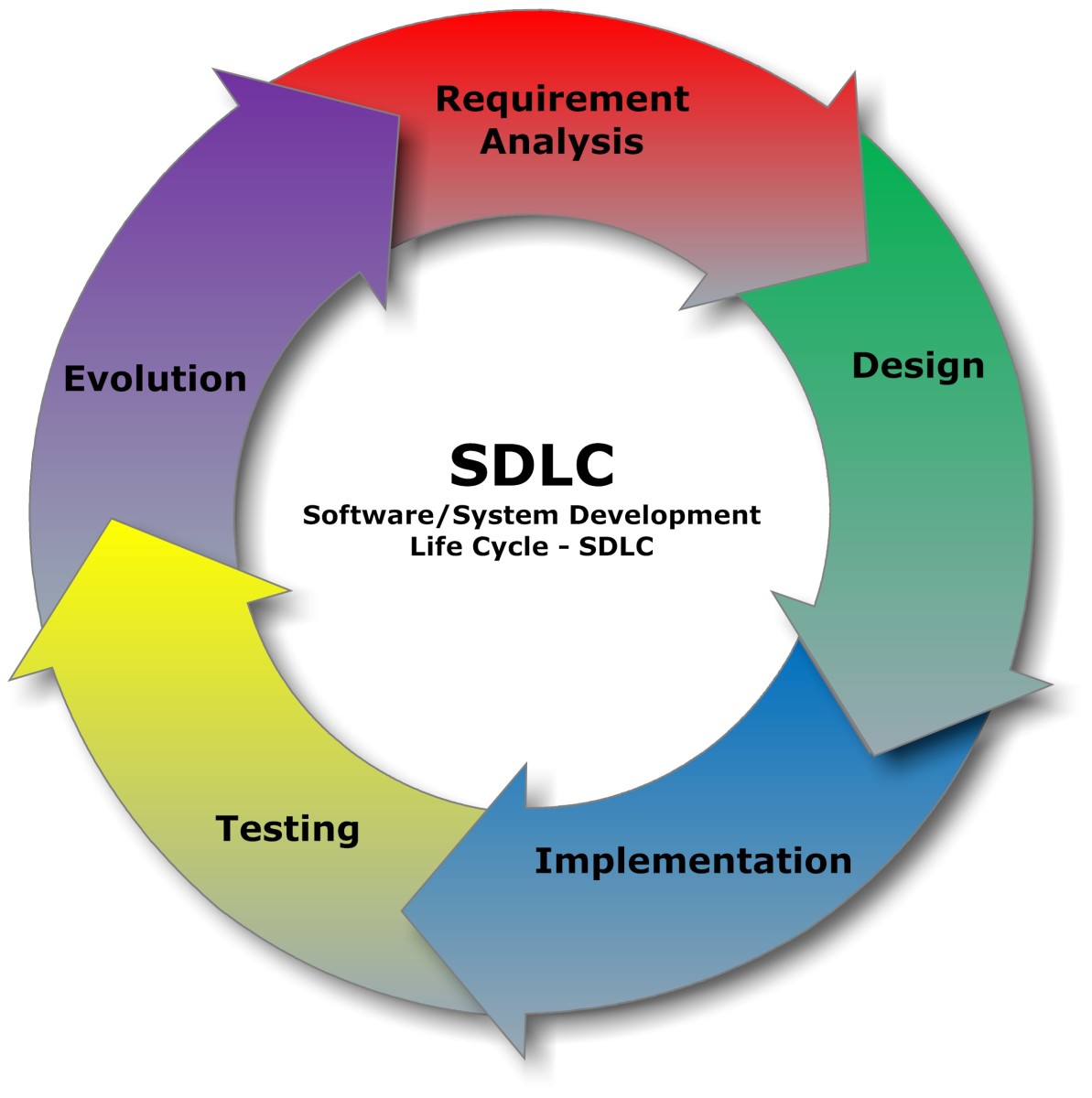Prioritizing Instructional Design Projects

Projects, Projects, and More Projects
If you work for a large company in any kind of administrative or managerial capacity, you probably have to work on multiple projects at one time. Plus, new projects are coming your way all the time. Since you obviously can’t doing everything, all at once (although some managers seem to think you should), you’re going to need a way to prioritize your projects.
From my experience at a large public utility, I have compiled a list of questions that will help with prioritization. I used this for Instructional Design projects, but there should be some overlap with any kind of technical or administrative project that may come your way.
Question One
First, you need to ask: What is the level of commitment from the client (e.g., subject matter expert (SME) availability, stakeholder availability, etc.)? This question is often overlooked when taking on a new assignment, and yet it is probably more important than any other single variable. Let’s say the VP of Marketing wants a training program designed on customer service. Just something to beef up the skills of sales reps, improve customer relations, and promote repeat sales. It’s a fairly generic topic, so you think “no problem.”
However, the VP wants you to work directly with Harry, his top sales associate. Harry is on vacation for the next two weeks, and when he returns, he will have a lot of catching up to do. What seemed like a high priority, “get it done now” kind of project, just got pushed off at least a month. No sense even starting the paperwork until Harry is available, and can give you several hours of his valuable time.
Question Two
You should ask if there are any regulatory or compliance issues involved with the new project. As much as promoting good customer relations may be a “hot” topic, there is nothing like a new law or regulation to get the project to the top of your “to do” list.
Let’s say there is a new regulation that requires a certain wording on your product specifications list, and that certain aspects of your product’s function need to be disclosed to potential consumers in a particular way. Oh, and by the way, the implementation date for this new regulation is only two weeks away. Well, it’s “Katie bar the door” time. Drop everything else you’re doing, and get everyone in your organization on board with this new development. Improved customer relations will need to wait.
Question Three
You need to determine the impact your project will have on your company. Will it affect all employees, or just one or two departments? Can it be tied to the goals of only one department specifically (e.g., increase efficiency in the warehouse), or to the entire organization (e.g., increase profitability of the company).
Clearly, the larger and more obvious the potential impact (e.g., the bottom line), the higher the priority should be. Even if the Warehouse Manager is the Vice President’s Sister-in-Law. Or perhaps especially if the Warehouse Manager is the Vice President’s Sister-in-Law.
Question Four
This next question relates specifically to the design of a training program, however, there could be some transferability to other types of projects. Here is the question: is the training program available someplace else, such as off-the-shelf? If the thing you are designing has already been created, sometimes it’s best to buy it and modify it to your liking, rather than start from scratch. This is the classic buy or build decision. When resources are scarce, sometimes it makes sense to do away with customization, and use a readily available commercial product.
Final Question - The Trump Card
The final question I will address is this: is the project in question a “pet” project of the President or Vice President of your company (or any other big Kahuna)? If so, then forget everything else that I’ve said so far in this article. Just put it at the top of your “to do” list, and hit it with everything you’ve got.
Making Better Decisions
There are other considerations in prioritization, but I have found these questions particularly useful in the past. They will help but you on the path towards better decision making. Please feel free to share any other thoughts or insights in the comments below.
This content is accurate and true to the best of the author’s knowledge and is not meant to substitute for formal and individualized advice from a qualified professional.
© 2014 Carolyn Fields








